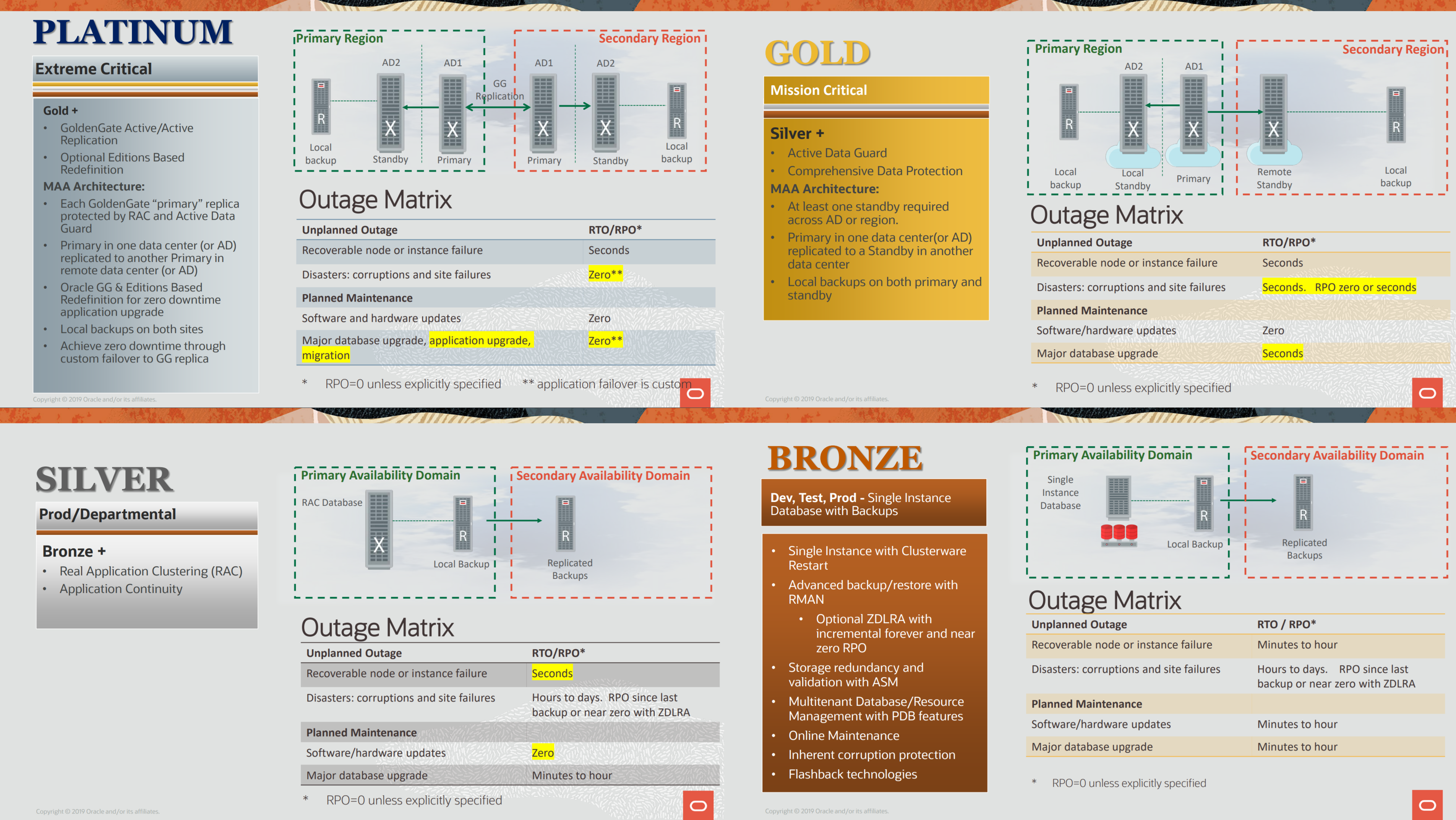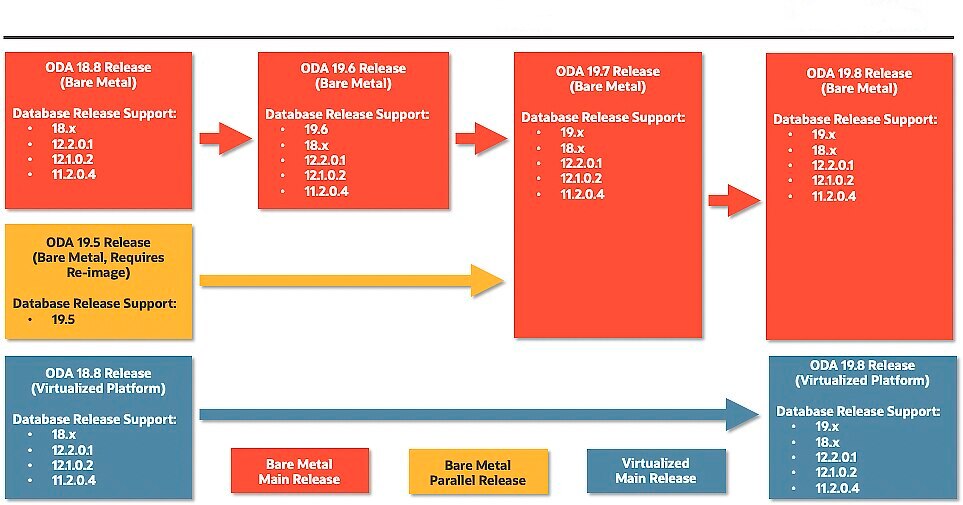This is the third part of the ODA patch series, from 18.3 to 19.8. I separate in multiple parts and you can use this part as a direct guide to patch ODA from 19.6 to 19.7. Each part can be used alone since they cover all the needed steps. Some steps of this post are similar to the upgrade from 18.8 to 19.6 that I described in the previous post.
The process of patch ODA is not complicated but requires attention over some steps. The 19.6 version was the first that was possible to patch from 18.8 version, and the version that allows upgrades to newer. If you want to go directly to 19.5 you need to reimage of the appliance. In this post, I will cover the process that I made recently to patch from 18.3 to 19.8 version.

